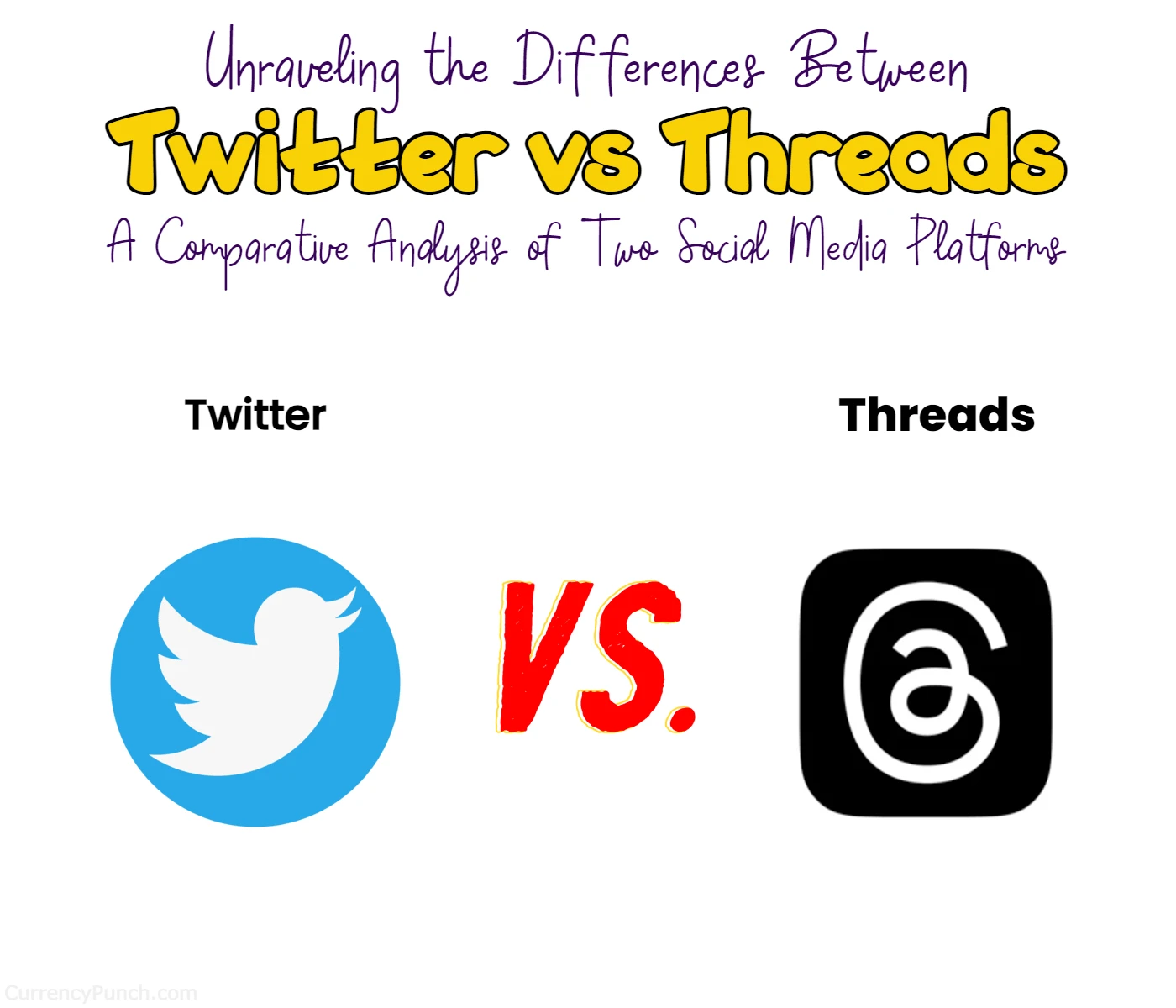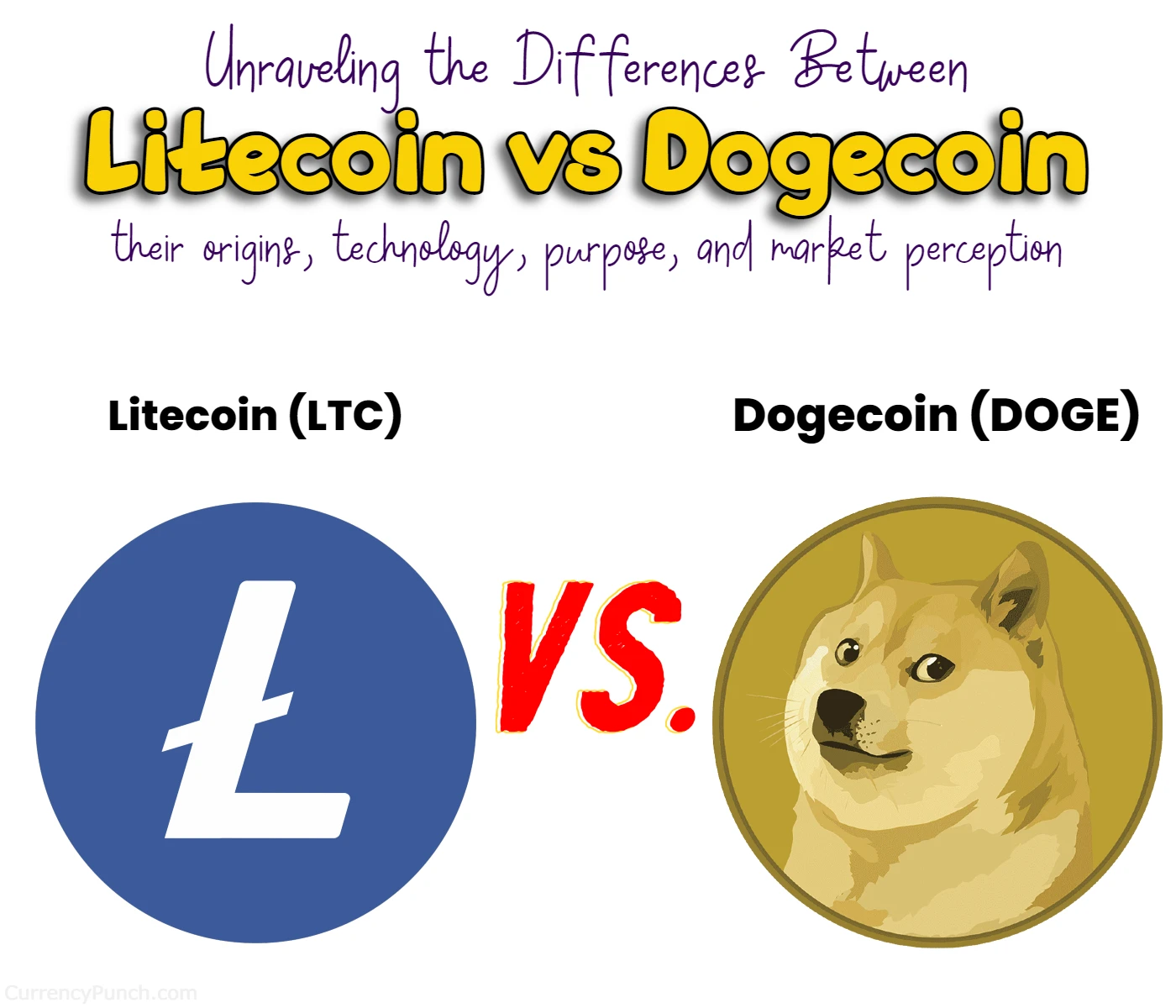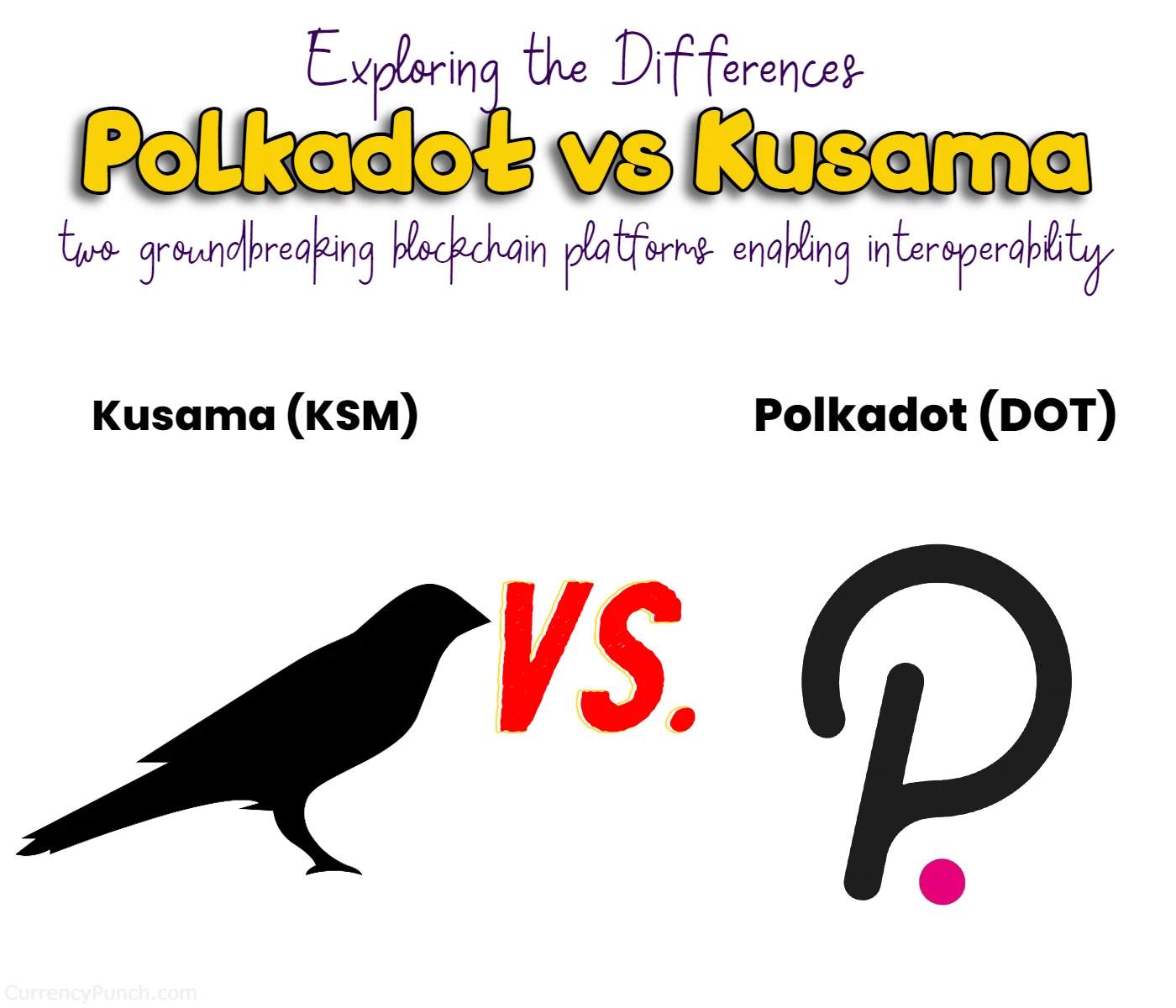What is the difference between Polygon (matic) and Optimism (op)?
Optimism vs Polygon: Exploring the Differences

Welcome to our blog, where we will explore the fascinating world of blockchain technology and delve into the differences between two prominent Layer 2 scaling solutions: Optimism (OP) and Polygon (MATIC). If you’ve been curious about these platforms and want to understand how they differ, you’ve come to the right place. So, let’s dive in and uncover the unique features and characteristics that set Optimism and Polygon apart!
Blockchain technology has revolutionized various industries, and scalability has always been a crucial factor for its widespread adoption. Both Optimism and Polygon address this challenge by providing innovative solutions to enhance the scalability and usability of blockchain networks. However, they have distinct approaches and features that make them unique in their own ways.
Throughout this blog, we will explore the differences between Optimism and Polygon, highlighting their key features, consensus mechanisms, native tokens, compatibility with Ethereum, user experiences, and more. By the end of this article, you’ll have a clear understanding of the strengths and advantages each platform brings to the table.
So, if you’re ready to gain insights into Optimism and Polygon and make informed decisions for your blockchain projects, continue reading to the end of this blog. Let’s embark on this exciting journey and discover the differences between Optimism (OP) and Polygon (MATIC)!
Here’s a quick comparison chart highlighting the key differences between Optimism (OP) and Polygon (MATIC):
| Optimism (OP) | Polygon (MATIC) | |
|---|---|---|
| Focus | Enhancing Ethereum’s scalability | Providing scalable infrastructure for dApps |
| Scaling Technique | Optimistic Rollups | Sidechains, plasma chains, state channels |
| Native Token | OP | MATIC |
| Compatibility | Deep integration with Ethereum ecosystem | Interoperability with Ethereum and other chains |
| User Experience | Seamless integration with existing Ethereum tools and wallets | Wide range of integrations and flexibility |
| Consensus Mechanism | Ethereum’s consensus mechanism (PoW/PoS) | Proof-of-Stake (PoS) |
| Migration | Transition process for deploying contracts to Optimism network and Ethereum mainnet | Migration process for existing Ethereum projects |
| Security and Decentralization | Deeply connected with Ethereum’s security and decentralization | Independent consensus mechanism, PoS for security |
| Ecosystem Expansion | Focused on enhancing Ethereum’s ecosystem | Wide-ranging partnerships and integrations |
Difference between Polygon and Optimism
Polygon (MATIC): Enhancing Scalability and Interoperability
Scalability and interoperability are two crucial factors in the success of any blockchain platform. Polygon, formerly known as Matic Network, is a protocol designed to address these challenges and provide a scalable framework for building decentralized applications (dApps). Let’s take a closer look at the features and characteristics that make Polygon unique.
Layer 2 Scaling Solution
Polygon acts as a Layer 2 scaling solution for Ethereum, one of the most popular blockchain platforms. It aims to alleviate Ethereum’s scalability issues by using various scaling techniques, including sidechains, plasma chains, and state channels. By moving transactions off the main Ethereum chain, Polygon significantly reduces congestion and improves transaction speed.
Ethereum Compatibility
One of the significant advantages of Polygon is its compatibility with Ethereum. Developers can easily migrate their existing Ethereum dApps to the Polygon network, enjoying the benefits of scalability while leveraging the security and robustness of the Ethereum ecosystem. This compatibility fosters a seamless transition for developers and users alike.
Wide Range of dApps
Polygon supports a diverse range of decentralized applications. Whether it’s decentralized finance (DeFi), non-fungible tokens (NFTs), gaming, or any other use case, developers can leverage Polygon’s infrastructure to build efficient and scalable applications. The ecosystem offers a rich set of tools, libraries, and frameworks to empower developers in their journey.
Polygon PoS Chain
Polygon operates on a Proof-of-Stake (PoS) consensus mechanism. This approach eliminates the energy-intensive mining process of traditional blockchains, making Polygon more sustainable and environmentally friendly. Additionally, PoS ensures faster block confirmation times and lowers transaction fees, enhancing the overall user experience.
MATIC Token
MATIC is the native cryptocurrency of the Polygon network. It serves multiple purposes within the ecosystem, including paying for transaction fees, participating in network governance, and staking for earning rewards. The MATIC token has gained significant attention and value due to the growing popularity of Polygon and its use cases.
Optimism (OP): Boosting Ethereum’s Scalability with Optimistic Rollups
Optimism takes a different approach to scalability, primarily focusing on the Ethereum blockchain. By leveraging Optimistic Rollups, this layer 2 scaling solution aims to enhance Ethereum’s throughput and reduce transaction costs. Let’s delve deeper into the unique features and characteristics that distinguish Optimism from other solutions.
Optimistic Rollups
Optimism’s main innovation lies in its implementation of Optimistic Rollups. Rollups are Layer 2 solutions that bundle multiple transactions into a single transaction on the Ethereum mainnet, increasing scalability. In Optimistic Rollups, the rollup chain processes transactions off-chain and produces a cryptographic proof called a fraud proof. This proof ensures the validity of the transactions when submitted to the Ethereum mainnet.
Ethereum Native
Optimism is deeply integrated with the Ethereum ecosystem, making it highly compatible with existing Ethereum dApps and infrastructure. This compatibility allows developers to seamlessly migrate their projects to Optimism, capitalizing on its scalability benefits without the need for significant modifications. By leveraging Ethereum’s security and network effects, Optimism enhances the overall user experience.
Transaction Speed and Cost Reduction
By moving transactions off the Ethereum mainnet, Optimism significantly improves transaction speed and reduces costs. Optimistic Rollups bundle multiple transactions together, reducing the number of interactions required with the Ethereum mainnet. This consolidation of transactions results in faster block confirmation times and lower gas fees, making it more feasible for users to engage with decentralized applications.
Seamless User Experience
Optimism aims to provide a seamless user experience by maintaining a familiar interface for developers and users. With its integration with Ethereum, users can interact with Optimistic Rollup-based applications using their existing Ethereum wallets and tools. This familiarity eliminates the learning curve associated with adopting new platforms, allowing for a smoother transition to Optimism-powered dApps.
OP Token
Optimism has introduced its native token, OP, to incentivize participants and align the interests of the ecosystem. OP tokens can be staked by users to participate in protocol governance and earn rewards. The introduction of the OP token adds an economic layer to the ecosystem, fostering community engagement and ensuring the sustainable growth of the Optimism platform.
Comparing Polygon and Optimism
Now that we have explored the key features and characteristics of both Polygon and Optimism, let’s highlight the main differences between the two platforms:
- Focus and Compatibility:
- Polygon focuses on providing a scalable infrastructure for a wide range of dApps across multiple blockchain networks.
- Optimism primarily focuses on enhancing Ethereum’s scalability by leveraging Optimistic Rollups, providing seamless compatibility with existing Ethereum dApps and infrastructure.
- Scaling Techniques:
- Polygon implements various scaling techniques, including sidechains, plasma chains, and state channels, to achieve scalability.
- Optimism relies on Optimistic Rollups, a specific Layer 2 scaling technique that bundles multiple transactions into a single transaction on the Ethereum mainnet.
- Native Tokens:
- Polygon has its native cryptocurrency, MATIC, which serves as a utility token within the Polygon ecosystem, used for transaction fees, governance, and staking.
- Optimism introduced the OP token, which enables participants to engage in protocol governance and stake for earning rewards.
- User Experience:
- Polygon provides a scalable infrastructure for dApps across multiple blockchain networks, offering developers and users a wide range of options and flexibility.
- Optimism focuses on enhancing Ethereum’s scalability and aims to provide a seamless user experience by leveraging existing Ethereum wallets and tools.
- Integration with Ethereum:
- While both Polygon and Optimism are compatible with Ethereum, Polygon operates as a separate network with its own consensus mechanism, whereas Optimism maintains a deeper integration with the Ethereum ecosystem.
Conclusion
In conclusion, Polygon (MATIC) and Optimism (OP) are two prominent Layer 2 scaling solutions in the blockchain space. Polygon focuses on providing a scalable infrastructure for dApps across multiple blockchain networks, while Optimism primarily enhances Ethereum’s scalability using Optimistic Rollups. Both platforms aim to improve transaction speed, reduce costs, and offer a seamless user experience. The choice between Polygon and Optimism depends on specific project requirements, compatibility with existing infrastructure, and the desired level of integration with the Ethereum ecosystem. By understanding the differences between these platforms, developers and users can make informed decisions and leverage the advantages offered by each solution.
FAQs
The main difference between Optimism and Polygon lies in their approach and focus. While both platforms aim to enhance scalability, Optimism specifically targets improving Ethereum’s scalability by leveraging Optimistic Rollups. On the other hand, Polygon focuses on providing a scalable infrastructure for dApps across multiple blockchain networks, offering interoperability and a wide range of integrations. Additionally, Optimism maintains a deeper integration with the Ethereum ecosystem, while Polygon operates as a separate network with its own consensus mechanism.
Optimism operates on the consensus mechanism of Ethereum, which is currently transitioning from Proof-of-Work (PoW) to Proof-of-Stake (PoS). In contrast, Polygon utilizes a PoS consensus mechanism, where validators stake MATIC tokens to secure the network and participate in block validation. The choice of consensus mechanism impacts factors such as security, decentralization, transaction speed, and energy efficiency.
Yes, both Optimism and Polygon have their native tokens. Optimism introduced the OP token, which enables participants to engage in protocol governance and stake for earning rewards. Polygon has the MATIC token, which serves multiple purposes within the Polygon ecosystem, including paying for transaction fees, participating in network governance, and staking for earning rewards. These native tokens play a significant role in the respective ecosystems and contribute to their economic dynamics.
Yes, both Optimism and Polygon offer compatibility with existing Ethereum projects. Developers can migrate their contracts and dApps to Optimism or Polygon to take advantage of the scalability benefits provided by these Layer 2 solutions. The migration process may involve deploying contracts to the respective networks and ensuring compatibility and optimization specific to each platform.
Read More:



